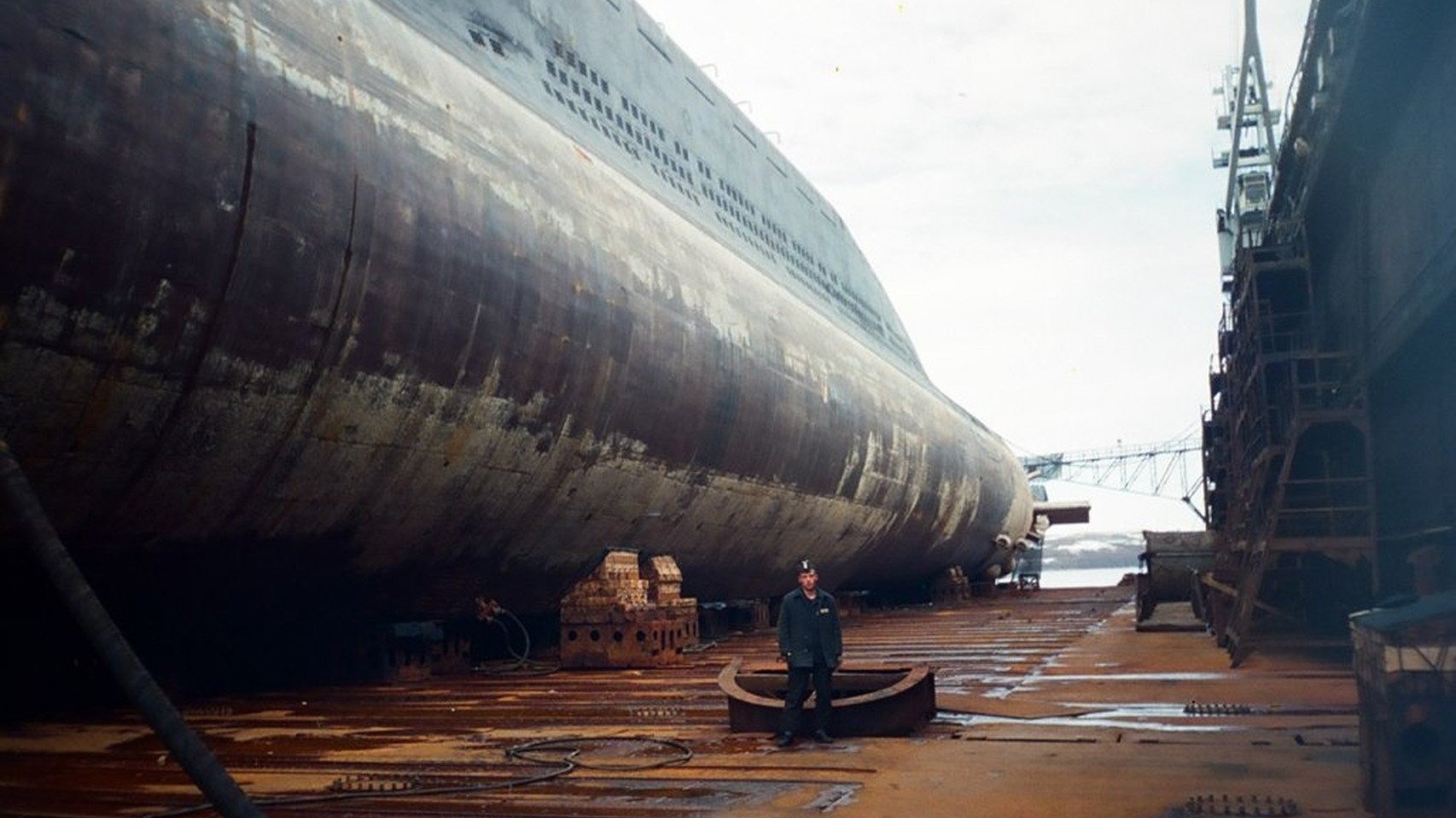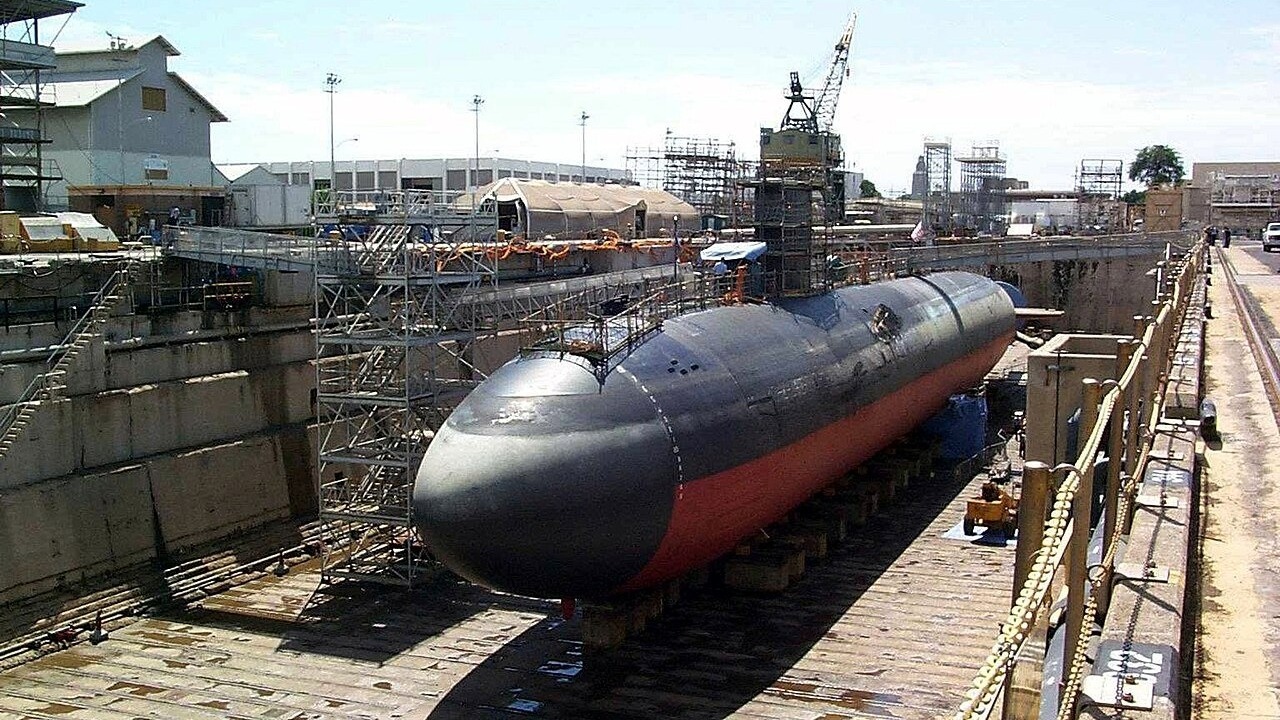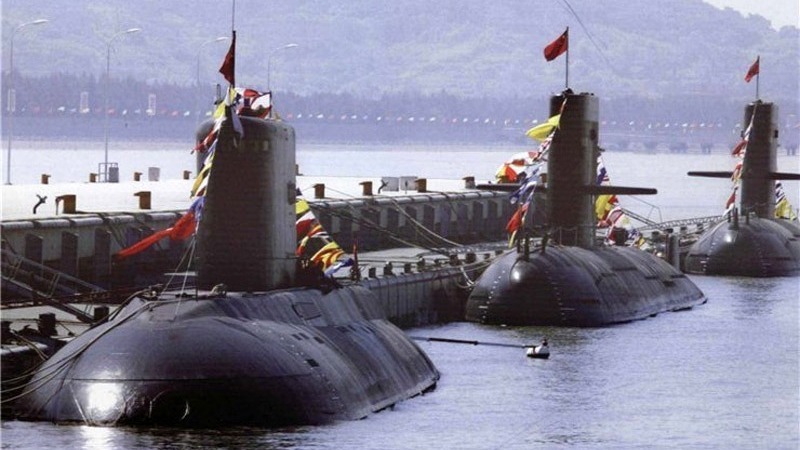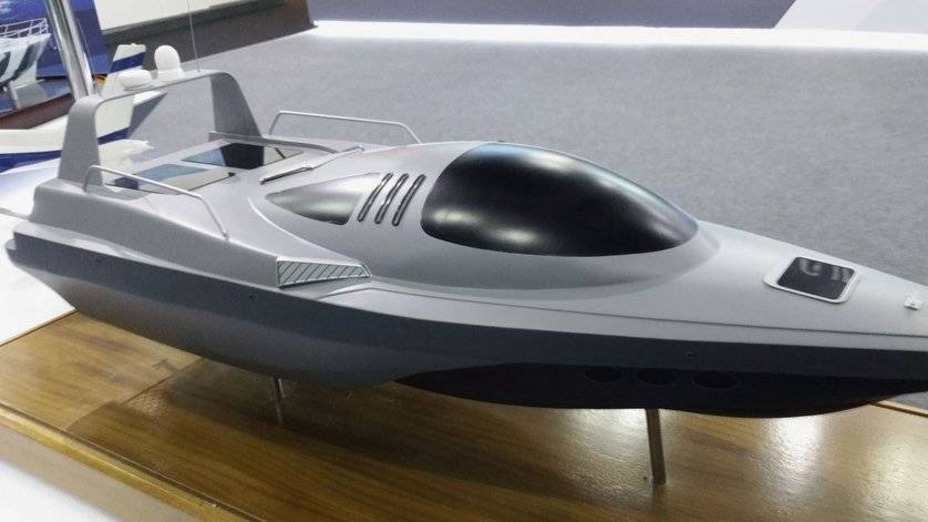Posted 19 июня 2023, 17:44
Published 19 июня 2023, 17:44
Modified 20 июня 2023, 11:52
Updated 20 июня 2023, 11:52

Vice Admiral Borisov: «Marine drones will replace submarines and surface ships»
Gennady Charodeyev
Now, Bloomberg writes, about 18 of the 49 attack submarines of the US Navy have been decommissioned for maintenance, and their crews will have to walk ashore for a long time while the submarines are docked.
«One of the main reasons for delays in the maintenance of submarines is the planning, availability of materials and the complexity of the repairs themselves», — Pentagon officials said. «The Navy management is implementing many initiatives to eliminate other factors that cause maintenance delays, but it has not yet been possible to solve the problem».


The Connecticut is one of three American Seawolf-class nuclear-powered ships, the largest US attack submarines that were designed to fight the Soviet Union. Experts describe the ships of this class as «exceptionally quiet, fast, well-armed and equipped with ultra-sensitive sensors». The Connecticut has eight torpedo tubes and can hold up to 50 weapons in its torpedo compartment. According to some reports, there may be intercontinental missiles with nuclear warheads on board the submarine.
The USS Connecticut crashed into a seamount back in early October 2021. Experts say that the repair of the nose and lower rudder will cost the US Department of Defense a «modest amount» — $80 million. But its simple and repair can become much more expensive for Washington: China is now intensively increasing its submarine fleet and has already surpassed the United States in terms of the number of warships.
«We really have a shortage of Navy repair facilities» — said Diana Maurer, director of the Defense Readiness Assessment Department of the U.S. Government Accounting Chamber. «This, in turn, raises questions about how the Navy will repair combat damage in the event of a military conflict with China»,
The report on the capabilities of the United States in the war against China, prepared by the Accountability Office (GAO), notes that in the period from 2014 to 2020, Navy submarines stood for 9,563 more days on repairs than previously expected. And this is billions thrown away from the state budget.


Currently, the Connecticut is berthed at the Naval Shipyard in Washington State, awaiting maintenance, which was supposed to begin back in February. Now they promise either in July or in September.
Meanwhile, the top Republican on the Senate Armed Services Committee, Roger Wicker, said that the five-year repair schedule for «one of the most formidable American submarines» is «a reminder of the grandiose investments that the United States must make in maritime infrastructure.»
In his comment to NI, Vice Admiral of the reserve Tengiz Borisov said that the shortage of repair yards is a problem for all major fleets of the world. If the Navy of a country contains a large number of submarines, then there is a problem of their inspection or repair. The fact is that dry and floating docks are very expensive and technically complex structures that require huge capital expenditures. Therefore, including in the USA, there are not so many of them.
But not everything is so simple, the expert believes. Americans, as mathematicians say, are trying to arrange weight coefficients: by importance, by urgency. First of all, they try to pass aircraft carriers, escort ships of strike groups through the repair docks, and only then — strategic submarines. Therefore, even for nuclear Connecticut, this is only the third stage.
— Meanwhile, in the USA, as well as in other maritime powers, they began to seriously think about the fact that in a few years, the submarine fleet will not be needed in its current form. It may happen that the newest submarines with missiles on board may finally lose their main advantage — stealth. Even now, it is almost impossible to get somewhere unnoticed and strike at the enemy's territory from under the water from an unexpected side.
There are many adherents of such a pessimistic position both in the West and in Of Russia. These are military analysts who know the capabilities of modern submarine detection systems. Based on this, they came to the conclusion that with the current development of technology, literally soon the World Ocean will be completely «transparent». Experts believe that even now modern technical means, which are at the disposal of the military, make it possible to fairly accurately determine the location of any submarine and, if necessary, destroy it.
How does it work? Imagine a turnstile in the subway. If you try to pass between the sensor and the light source, then the doors will close and you will not be missed. The Americans decided to do something similar on the scale of the world ocean. There is a radiator, there is a receiver. And if a submarine of any country tries to «sneak» between them, it will be discovered, and the hunt will begin for it.
Of course, there are other ways to detect submarines. The SOSUS system, which the United States developed in the early 1970s to combat Soviet submarines, proved to be quite good. With its help, from a long distance, the Americans actually blocked off all areas where submarines could appear, and when detected, they did not lose sight of them for a minute.
In Russia, they also created similar systems, while going their own way — they created, for example, acoustic buoys that were dropped into the intended area of the US Navy submarines.


— There are now so many coastal missile launchers and aircraft capable of carrying anti-ship missiles on the shores of the Black and Baltic Seas that surface warships will soon not be able to solve the tasks assigned to them. The seas are shot through and blocked by rocket launchers and aircraft. Thus, both surface ships and submarines are becoming an easier target for the enemy, » Vice Admiral Borisov said.
And what will replace the submarines? The same experts claim that the United States, Great Britain, Russia, China and other maritime powers are developing unmanned ships with might and main. The future of the world fleet is most likely for marine drones.